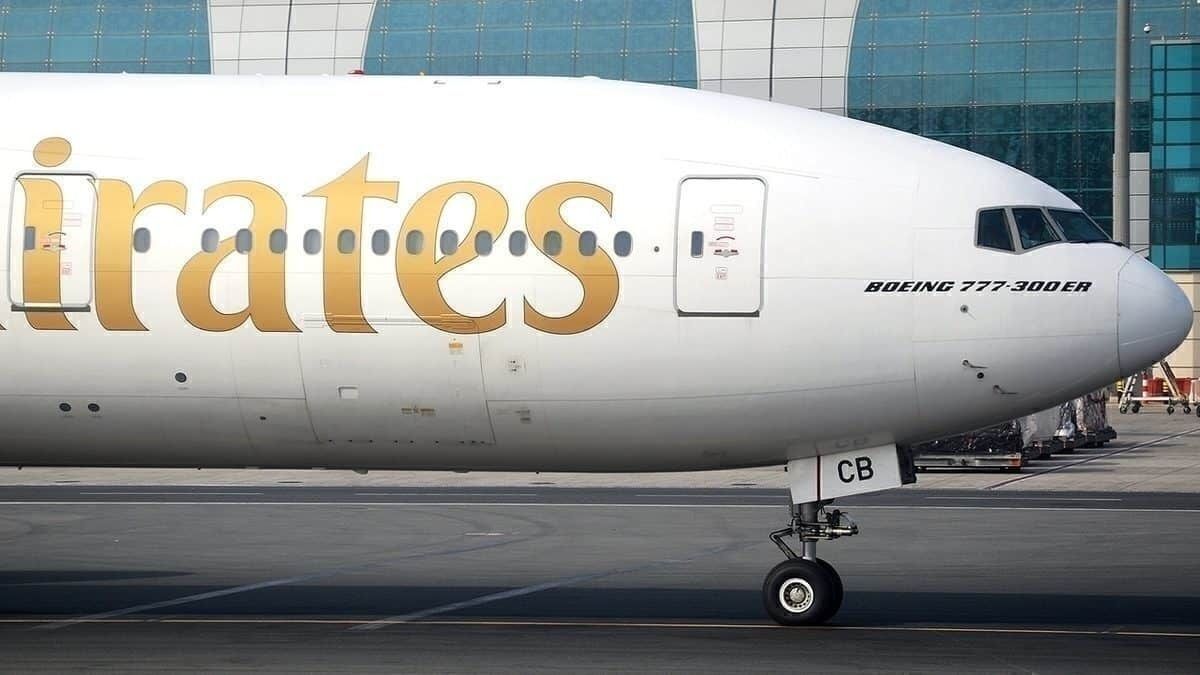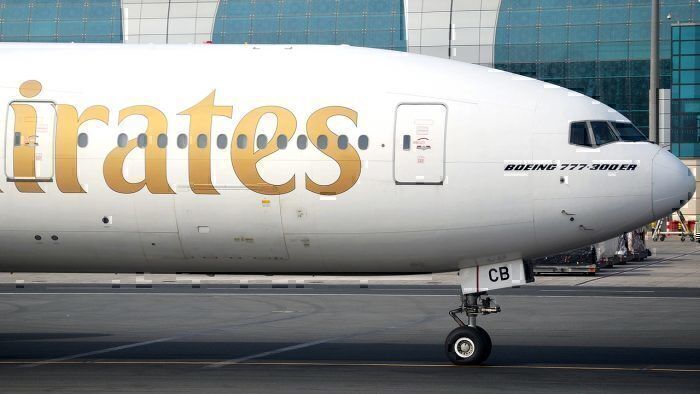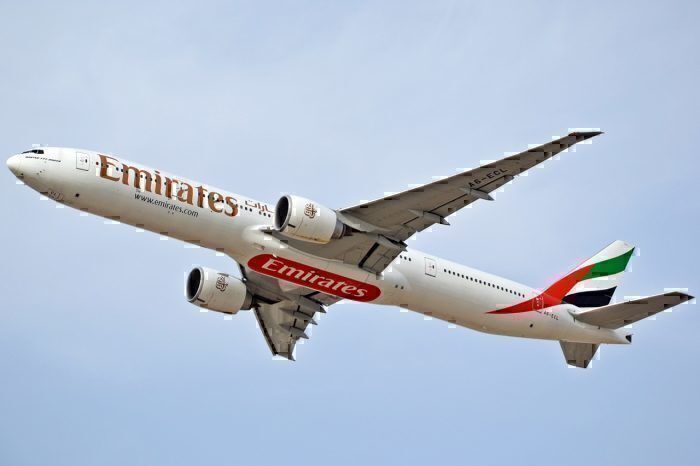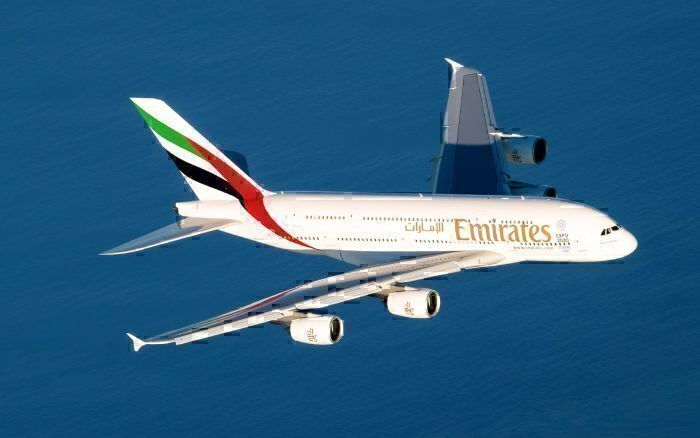Just a few days ago we wrote about Emirates unpacking its business class offering, a rather unexpected choice. The reason behind such a decision might be the airline's need to improve its current financial performance. In 2018-19 Emirates profits have tumbled 69% in comparison with the year before, to AED 871m ($237m). The airline has blamed this on high oil prices and cut-throat competition.
Higher traffic and revenue but falling profits
Emirates carried 58.6 million passengers over the financial year, a moderate (0.2%) increase. The airline has an interesting strategy of revenue diversification based on different geographical regions. Emirates targets to maintain the revenue base from each region below 30% of the total revenue. Such strategy helps the airline to mitigate FX volatility risk or other regional instabilities. Revenues across all regions except the Gulf and Middle East have risen by single digit numbers. Currently the revenues from Europe make 28.3% of the total revenue, close to the 'maximum' of 30%.
Despite a rise in revenue to AED 97,907m, up 6% year on year, profits have tumbled. The most likely reason that causes profits to fall despite increases in revenue are rising costs.
Reasons behind higher costs
Looking at the data from Emirates’ financial statement, the total costs in the 2018-19 financial year have risen sharply by 8%, to AED 95,260m. HH Sheikh Ahmed bin Saeed Al Maktoum, Chairman and Chief Executive Emirates Airline and Group, blames the rise in costs on high oil prices and currency headwinds:
“(…) jet fuel prices soared by 22% over our financial year. There were significant currency fluctuations in India, Iran and Brazil, and volatility and devaluations in Africa and South America.”
In fact, total fuel expenses have risen by 24% to a total of AED 30,768m, making up almost a third of airlines’ total costs. Operating costs have increased by four percent, in line with the increase in ASKM.
Moving to the topic of the currency headwinds. Emirates claims that 36% of its revenues are generated in US Dollar or currencies pegged to USD. One would expect a strengthening of the dollar to have positive effects on the revenues of Emirates. However, the appreciation of the US dollar has negatively impacted the revenue streams from India and Australia, mainly due to a relative appreciation of the Emirates dirham. Currency devaluations in Africa were also blamed for the loss of AED 0.6bn suffered due to currency fluctuations.
Cost-cutting measures
Seeing the oil prices rise, Emirates implemented cost cutting measures by reducing salaries, sales expenses and crew layover costs by 3.5, 4.2 and 2.8 percent respectively. In fact the airline also reduced its staff headcount, with the average number of employees decreasing by 1,932 or 3.9% to 47,808. However thanks to “new and innovative ways of working” productivity has improved.
Interestingly the airline managed to reduce overflying costs by 4.5%, attributing the difference to better route planning. Overflying costs are fees applied for flying through a given country’s airspace.
The aforementioned unpacking of the business class is an another cost-cutting measure, aimed at bringing the profitability back to its higher levels.
Over the last week the oil prices have tanked, sparking hopes for a higher profitability in the current financial year. However that will strongly depend on the extent of hedging the airline has implemented aimed at offsetting the oil prices volatility.




